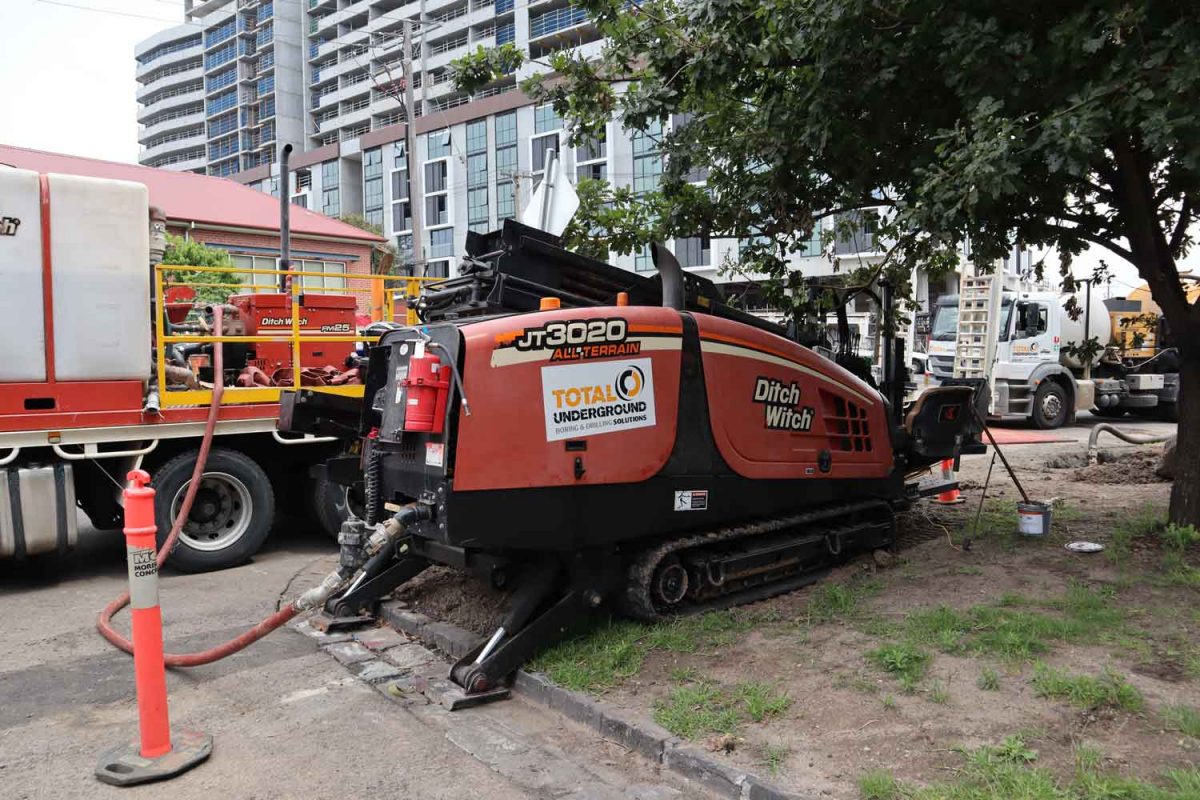Below the Surface: Navigating Underground Depths
Exploring the depths beneath the Earth’s surface has always captivated human curiosity. From ancient catacombs to modern-day subways and underground cities, the world beneath our feet holds a myriad of mysteries and wonders. Navigating these underground depths requires a blend of skill, technology, and a deep understanding of the subterranean environment. Below the Surface: Navigating Underground Depths
The Art of Subterranean Navigation
Subterranean navigation is a specialized skill that encompasses various techniques and tools tailored for underground exploration. Whether it’s spelunking through natural caves or navigating the labyrinthine tunnels of urban infrastructure, underground explorers must possess a keen sense of direction and an ability to adapt to challenging environments.
Understanding Underground Terrain
The first step in navigating underground depths is to understand the terrain. Natural caves, formed over millions of years, present a diverse range of challenges, from narrow passages to vast caverns. Urban tunnels, on the other hand, are meticulously designed but can be equally complex, with intricate networks spanning beneath cities.
Mapping underground terrain is essential for safe navigation. Modern technologies such as LiDAR (Light Detection and Ranging) and ground-penetrating radar allow explorers to create detailed maps of subterranean environments, identifying potential hazards and obstacles.
Equipment and Gear
Equipping oneself with the right gear is crucial for underground exploration. Headlamps or handheld lights provide essential visibility in dark environments, while sturdy footwear with good grip helps navigate uneven terrain. Rope and harnesses are essential for traversing vertical shafts or scaling rocky surfaces.
For urban exploration, specialized equipment such as gas detectors and respirators may be necessary to navigate tunnels filled with potentially hazardous gases or pollutants. Additionally, communication devices like two-way radios ensure connectivity with fellow explorers or rescue teams in case of emergencies.
Safety Precautions
Exploring underground depths comes with inherent risks, including cave-ins, flooding, and getting lost in labyrinthine tunnels. Prioritizing safety is paramount for any underground expedition.
Always inform someone outside the exploration team about the expedition plans, including the intended route and expected return time. Carrying emergency supplies such as food, water, first aid kits, and emergency blankets can be lifesaving in unforeseen circumstances.
Moreover, adhering to established safety protocols and guidelines, such as never exploring alone and staying on marked paths, helps minimize risks and ensures a safe exploration experience. Find us here.
Exploring Natural Caves
Natural caves offer a glimpse into the Earth’s geological history and are often home to unique ecosystems. Navigating these underground marvels requires a blend of caution and reverence for the environment.
Respecting Cave Ecology
Cave ecosystems are delicate and can be easily disrupted by human activities. Avoid touching formations such as stalactites and stalagmites, as the oils from human skin can stunt their growth. Likewise, refrain from disturbing cave-dwelling creatures and their habitats.
Many caves are also protected environments, requiring permits for exploration. Respect these regulations to preserve the integrity of the cave ecosystem for future generations.
Understanding Cave Formation
Learning about the geological processes that form caves enhances the exploration experience. From limestone caves created by the dissolution of calcium carbonate to lava tubes formed by volcanic activity, each type of cave offers unique insights into Earth’s geological history.
Interpreting cave formations can also provide clues about past climates and environmental conditions, making cave exploration not just an adventure but also a scientific endeavor.
Urban Underground: Navigating Subterranean Cities
Many cities around the world have extensive underground infrastructures, ranging from subway systems to hidden passageways and underground utilities. Navigating these subterranean labyrinths requires a blend of urban navigation skills and an understanding of infrastructure layout.
Mastering Subway Systems
Subway systems are lifelines of urban transportation, ferrying millions of commuters daily beneath city streets. Navigating these underground networks efficiently requires familiarity with route maps, station layouts, and transfer points.
Utilizing smartphone apps or digital maps can aid in navigating subway systems, providing real-time information on train schedules, delays, and service disruptions.
Exploring Hidden Passageways
Many cities have hidden or abandoned underground passageways, often with intriguing histories and mysteries. From secret tunnels used during wartime to clandestine speakeasies from the Prohibition era, exploring these hidden gems offers a glimpse into the city’s past.
However, urban exploration carries inherent risks, including structural instability and legal consequences. Always seek permission and guidance from local authorities or historical preservation organizations before venturing into abandoned or restricted areas.
Conclusion
Navigating underground depths is a thrilling adventure that unveils the hidden wonders of the subterranean world. Whether exploring natural caves or navigating urban tunnels, the art of subterranean navigation requires skill, preparation, and a deep respect for the environment.
By understanding the terrain, equipping oneself with the right gear, prioritizing safety, and respecting the ecosystems and histories of underground environments, explorers can embark on unforgettable journeys below the surface.
So, strap on your headlamp, tighten your harness, and prepare to dive into the depths beneath our feet. The underground awaits, ready to reveal its secrets to those daring enough to explore.

